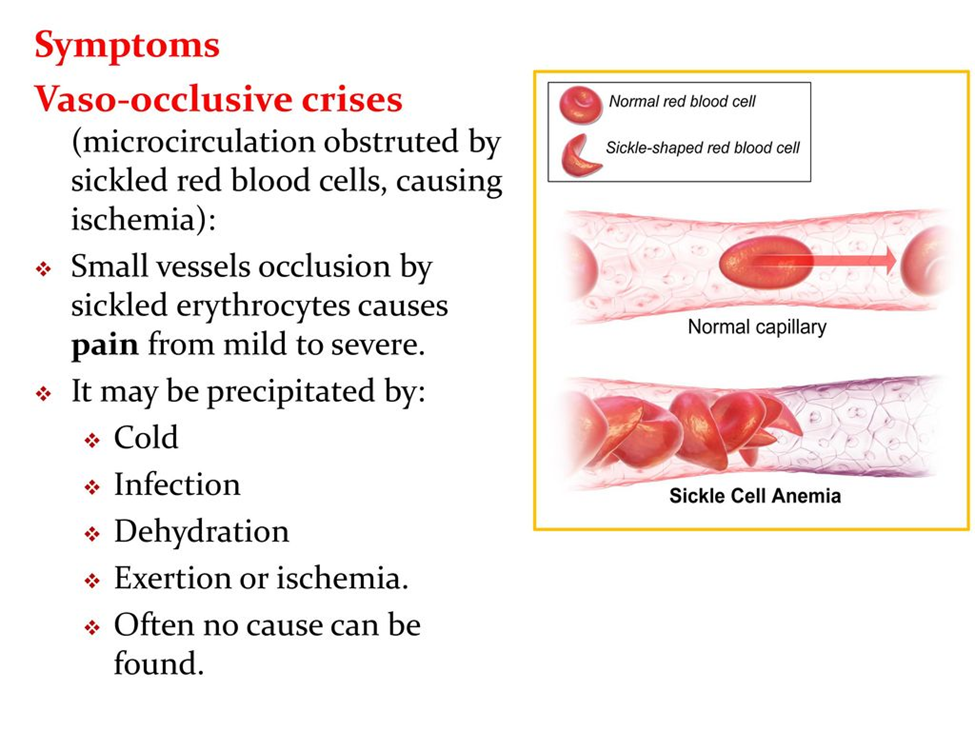A nurse is providing teaching to the parent of a child who has a new prescription for methylphenidate. Which of the following instructions should the nurse include?
"Monitor your child for excessive sleepiness."
"Administer the medication with a caffeinated beverage."
"Administer the second dose of the medication at lunch time."
"Monitor your child for weight gain."
The Correct Answer is C
A. "Monitor your child for excessive sleepiness."
Methylphenidate is a central nervous system stimulant used to treat attention deficit hyperactivity disorder (ADHD). It typically causes insomnia or decreased need for sleep rather than excessive sleepiness. This option is incorrect, as it does not align with the expected side effects of the medication.
B. "Administer the medication with a caffeinated beverage."
Caffeine is also a stimulant, and combining it with methylphenidate could increase the risk of side effects such as increased heart rate, anxiety, or jitteriness. This instruction is incorrect and unsafe.
C. "Administer the second dose of the medication at lunch time."
Methylphenidate is usually given in divided doses, with the second dose often administered at lunchtime. This timing helps maintain therapeutic levels during the school day while minimizing the risk of insomnia. This option is correct and appropriate for managing the medication.
D. "Monitor your child for weight gain."
A common side effect of methylphenidate is appetite suppression, which can lead to weight loss, not weight gain. This option is incorrect, as the nurse should instruct the parent to monitor for weight loss instead.
Nursing Test Bank
Naxlex Comprehensive Predictor Exams
Related Questions
Correct Answer is A
Explanation
A. "What are your reasons for making this decision today?"
This response demonstrates active listening and allows the parent to express their reasons for wanting to discontinue treatment. It opens up a dialogue between the nurse and the parent, which is important for understanding their perspective.
B. "You should discuss your concerns with your child's provider."
While it's important for the parent to communicate with the child's healthcare provider, this response may come across as dismissive of the parent's concerns and decision-making process.
C. "You should give the treatment a chance to work before giving up."
This response may seem judgmental and dismissive of the parent's feelings and autonomy. It does not address the parent's concerns and may further strain the nurse-parent relationship.
D. "Do you need assistance gathering your child's belongings to return home?"
This response is practical but does not address the underlying reasons for the parent's desire to discontinue treatment. It's important for the nurse to engage in therapeutic communication and explore the parent's concerns further.
Correct Answer is C
Explanation
A. "Avoid immunizing your child with the meningococcal vaccine."
This statement is incorrect. Children with sickle cell anemia are at increased risk of infections, including meningococcal disease. Immunization with the meningococcal vaccine is recommended to help prevent this serious infection.
B. "Restrict the time your child spends playing outdoors."
While it's important for children with sickle cell anemia to avoid extreme temperatures and stay hydrated to prevent triggering a vaso-occlusive crisis, completely restricting outdoor playtime may not be necessary. It's essential to encourage appropriate hydration and dress warmly in cold weather but allowing outdoor play in moderation can be beneficial for physical activity and socialization.
C. "Increase your child's intake of oral fluids."
This is a correct statement. Adequate hydration is crucial for children with sickle cell anemia to help prevent vaso-occlusive crises and maintain overall health. Increasing oral fluid intake, particularly water, can help prevent dehydration and promote circulation of sickle-shaped red blood cells.
D. "Provide your child with a high-protein diet."
This is also a correct statement. A diet rich in high-quality protein can help support healthy growth and development in children with sickle cell anemia. Protein is important for building and repairing tissues, including red blood cells. However, it's essential to ensure a balanced diet that includes a variety of nutrients, not just protein.

Whether you are a student looking to ace your exams or a practicing nurse seeking to enhance your expertise , our nursing education contents will empower you with the confidence and competence to make a difference in the lives of patients and become a respected leader in the healthcare field.
Visit Naxlex, invest in your future and unlock endless possibilities with our unparalleled nursing education contents today
Report Wrong Answer on the Current Question
Do you disagree with the answer? If yes, what is your expected answer? Explain.
Kindly be descriptive with the issue you are facing.
